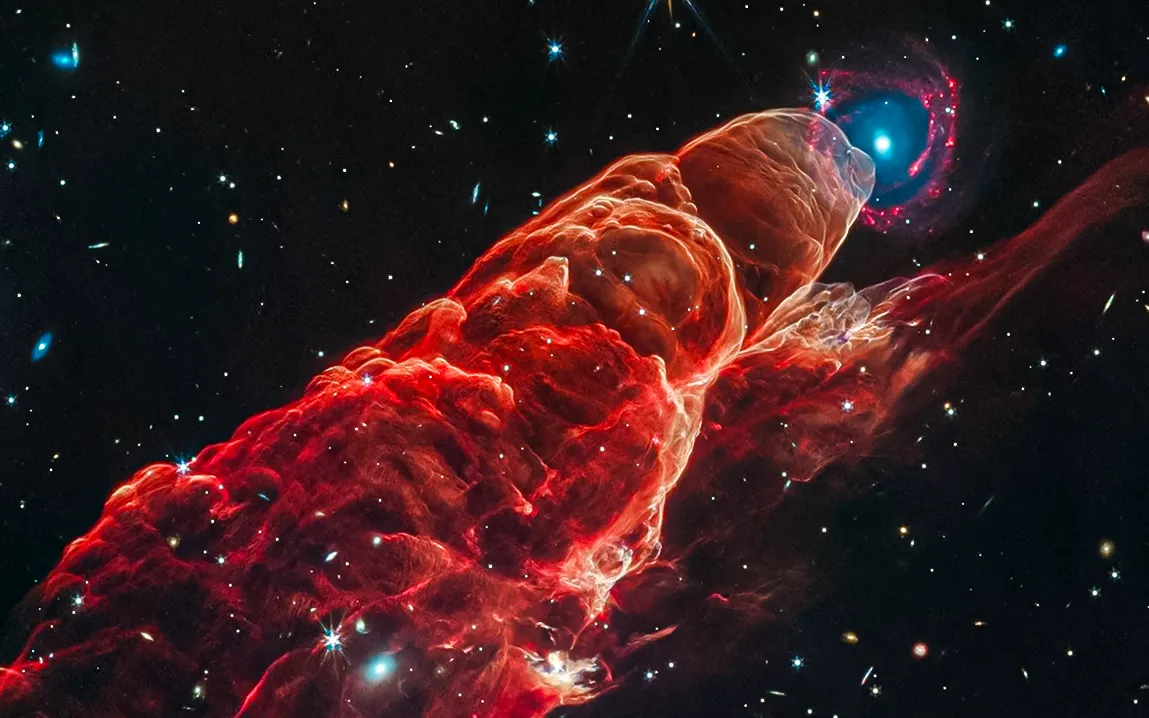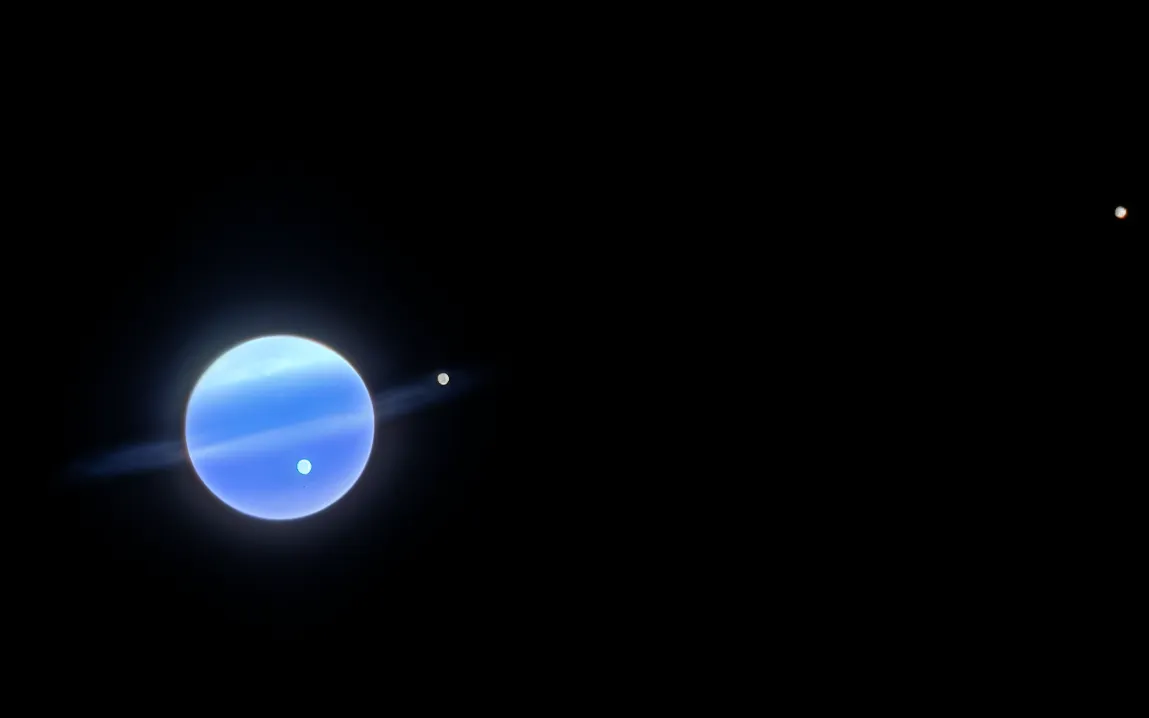NASA’s James Webb Space Telescope has given the world its closest view yet of Neptune’s shining auroras. It photographed glimmering lights in infrared for the first time, confirming what scientists have long suspected since the late 1980s.
The auroras of the planet were originally weakly seen in ultraviolet light by Voyager 2 when it flew by in 1989. But despite improved space telescopes since, scientists hadn’t been able to find the effect directly again, until now.
The new photos, made public on Wednesday, are published in the journal Nature Astronomy and represent a giant step forward in our knowledge of the solar system’s farthest planet.
What Makes Neptune’s Auroras Unique?
Auroras occur when charged particles from space, such as from the sun, collide with a planet’s atmosphere and emit energy in the form of light. On Earth, this produces the famous northern and southern lights, which are normally visible near the poles.
But Neptune does not follow that pattern. Because of its odd magnetic field, the auroras of Neptune happen closer to the mid-latitudes instead of the poles. In contrast to Earth’s more central magnetic alignment; Neptune’s field is offset and tilted, making these glowing reactions appear in unusual areas.
“Neptune has always been elusive,” said James O’Donoghue, a planetary scientist at the University of Reading and co-author of the study. “Its auroras had only been seen by Voyager, and we’ve been trying to see it again ever since.”
A Breakthrough with Webb
Thanks to its strong infrared power, the Webb Telescope finally gave scientists a clear sight. “This is the first solid detection,” co-author Heidi Hammel of the Association of Universities for Research in Astronomy told us. It’s something researchers have been waiting for since the Voyager mission.
Webb’s information also showed that the atmosphere of Neptune has cooled substantially in recent decades. Scientists speculate that this decrease in temperature might be the reason why the auroras look slightly less bright nowadays compared to earlier times.
For scientists, this is only the beginning. With instruments such as Webb, they’re not only validating established theories but also finding new hints regarding Neptune’s climate, magnetic field, and how space weather acts in the outermost parts of our solar system.



